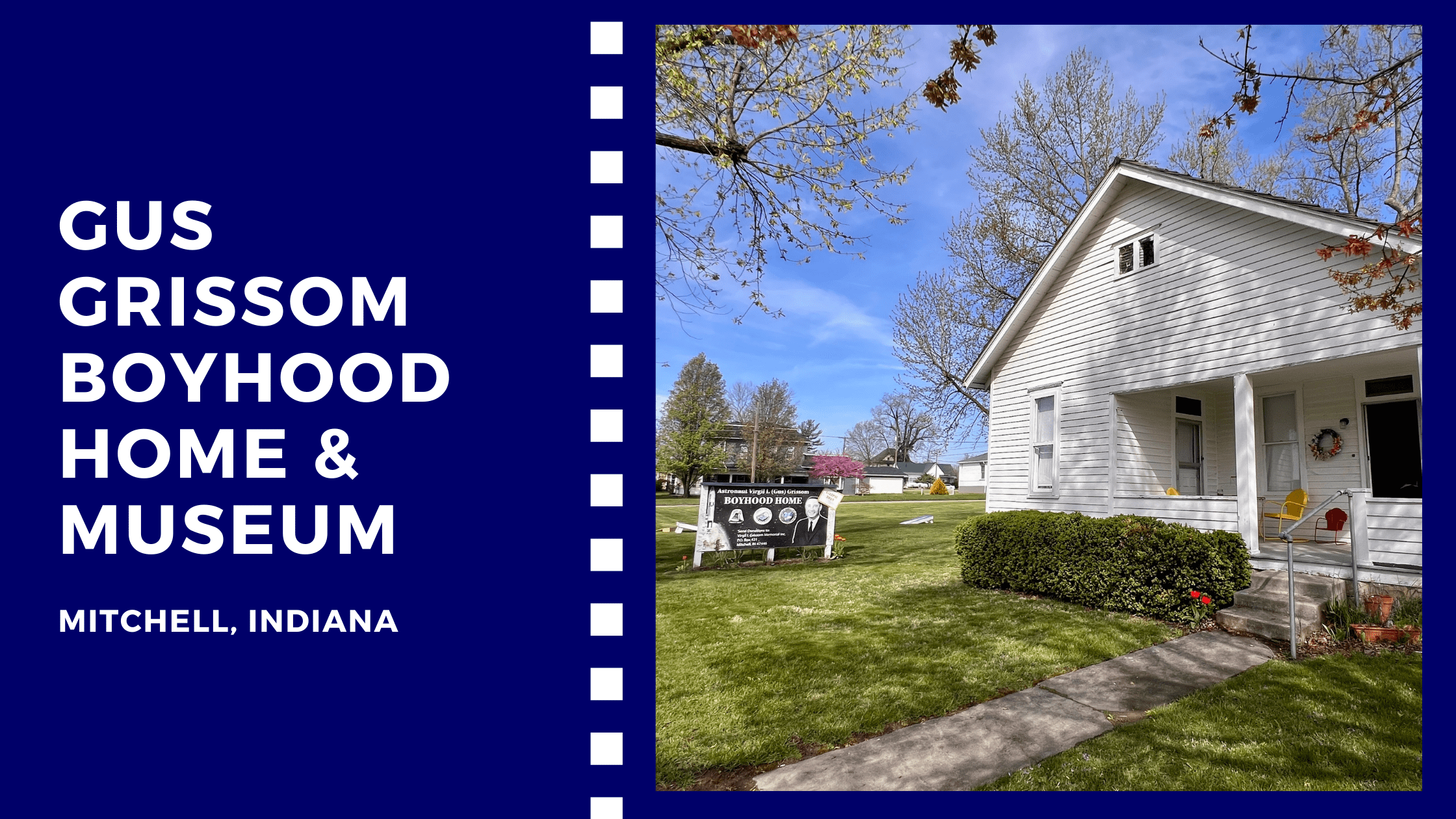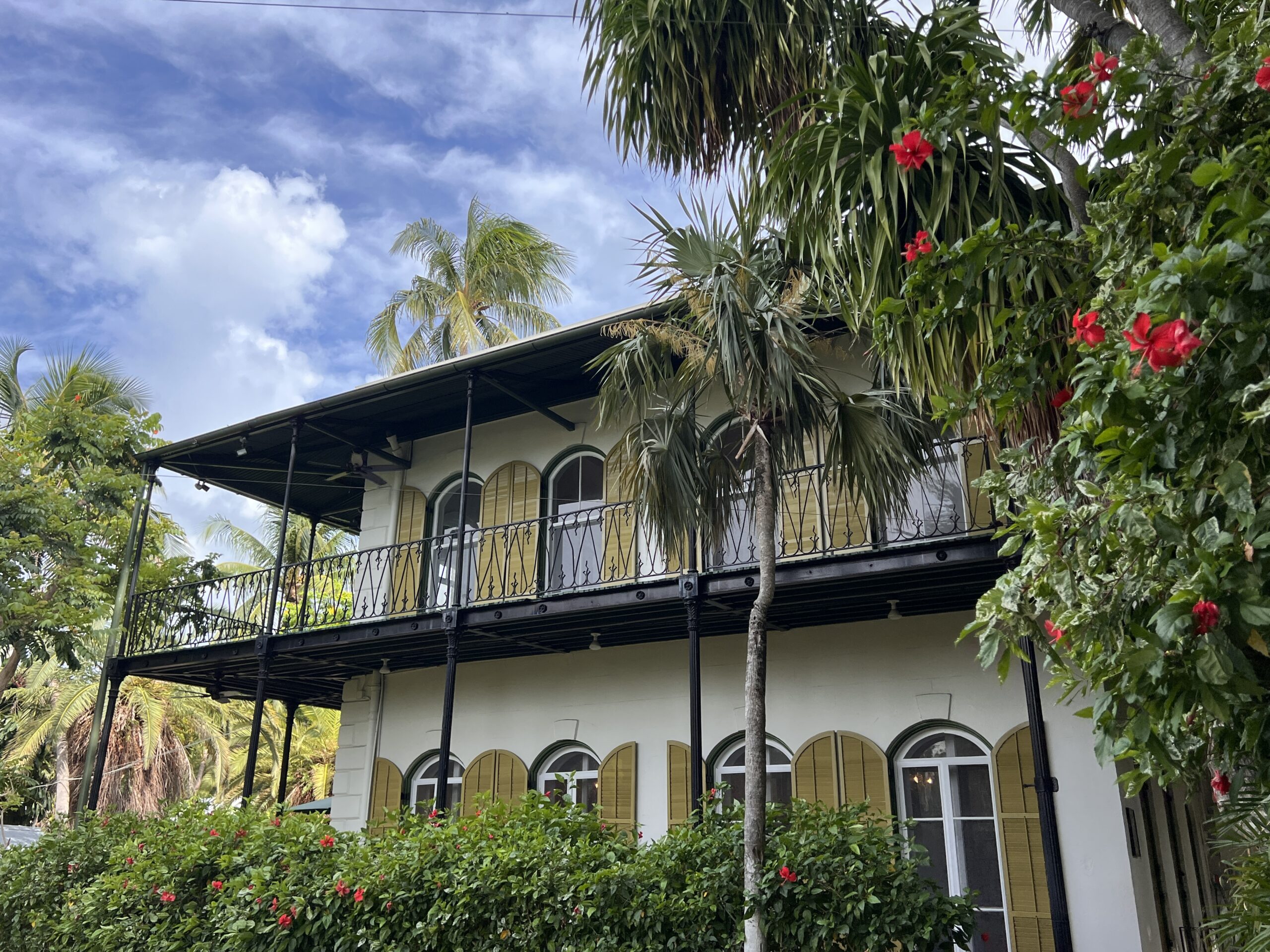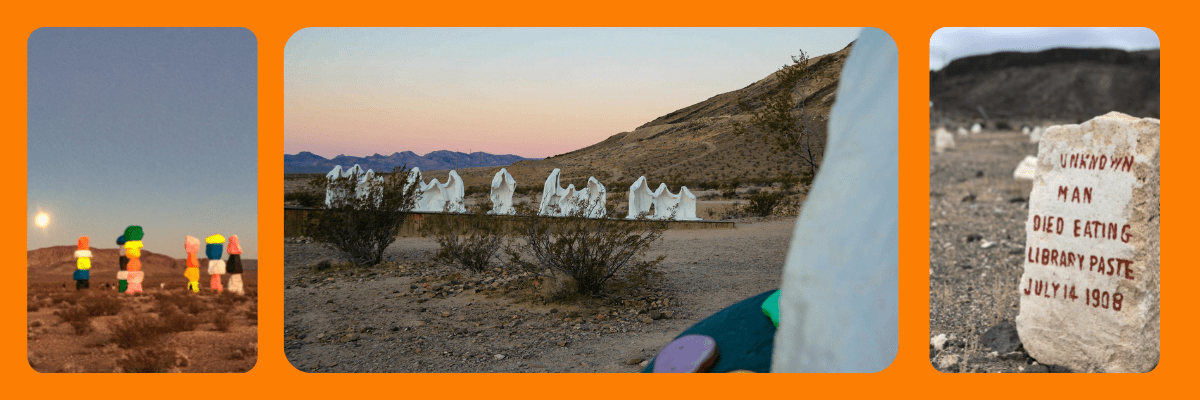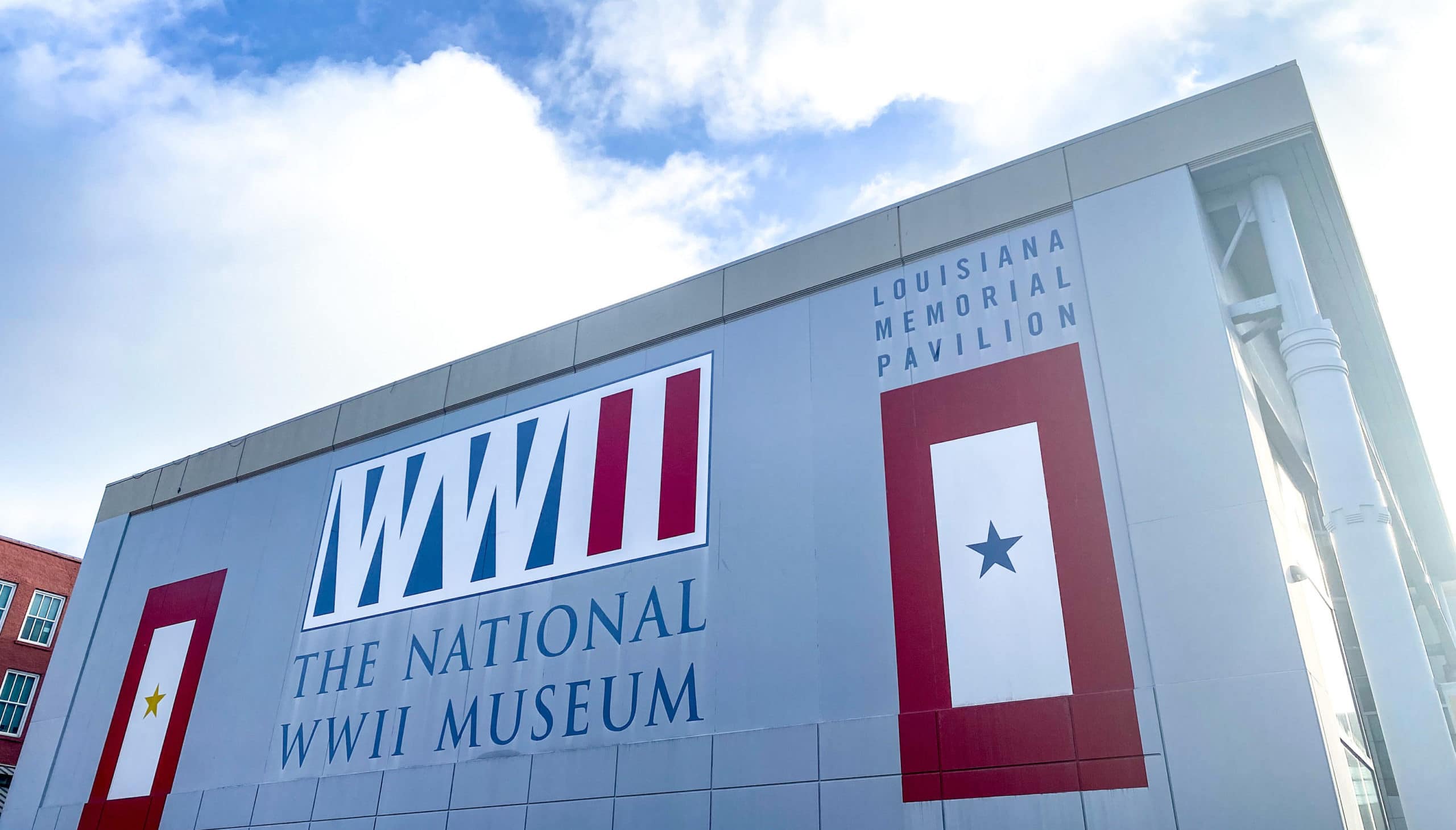In the hills of southern Indiana, about 90 miles south of Indianapolis, lies the quiet town of Mitchell. This town is home to the Gus Grissom Boyhood Home and Museum, offering a nostalgic glimpse into the early life of one of NASA’s original astronauts. Virgil I. “Gus” Grissom was not only one of America’s first space pioneers but also a local hero, whose humble beginnings played a pivotal role in shaping his future contributions to space exploration.
Disclosure: Some links on our site are affiliate links. If you purchase a linked item, we will make a commission, at no extra charge to you.
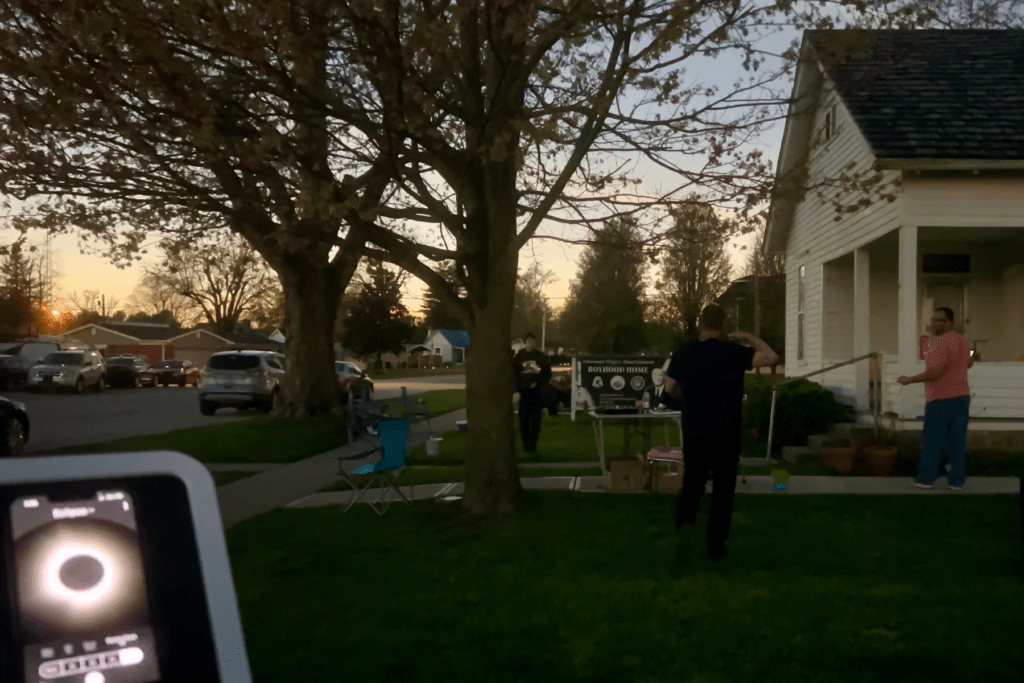
A Visit to the Boyhood Home
The Gus Grissom Boyhood Home is located on a quiet residential street in Mitchell, not far from Grissom’s high school. The home has been restored to reflect what it looked like in the 1940s and 1950s when Grissom lived there with his family. Stepping through the door feels like stepping back in time, giving visitors a sense of what life was like for the family during those formative years.
Inside, you’ll find period furnishings and personal items that tell the story of young Gus. The house is modest, reflecting the small-town, working-class roots from which Grissom emerged.
What makes the boyhood home particularly special is its attention to detail. Curators have gone to great lengths to ensure that each room is authentic to the era and reflective of the Grissom family’s life. From the wood paneling to the vintage appliances, everything in the home is chosen to transport visitors back to the time when young Gus was dreaming of flight and adventure. For those interested in history, it’s fascinating to see how a small, unassuming house in Indiana could be the starting point for such an incredible journey into space.
The Gus Grissom Memorial Museum
Just a short drive from the boyhood home, the Gus Grissom Memorial Museum is located within Spring Mill State Park. While the boyhood home provides insight into Grissom’s early life, the museum showcases his career and legacy as a NASA astronaut and American hero.
The museum features a treasure trove of space memorabilia and exhibits dedicated to Grissom’s career. One of the highlights is the Gemini 3 space capsule, named Molly Brown after the unsinkable character from Titanic. Grissom commanded the mission in 1965, marking NASA’s first two-person mission into space. Standing in front of the capsule, you get a sense of the challenges astronauts faced in those early years of space travel—there’s no luxury here, just a compact, utilitarian spacecraft that was instrumental in laying the groundwork for future space exploration.
In addition to the Gemini 3 capsule, the museum displays artifacts and mementos from Grissom’s Mercury flight, known as Liberty Bell 7. This mission, in 1961, made Grissom the second American to fly in space. Unfortunately, the flight also became famous for a dramatic mishap when the hatch blew open prematurely upon splashdown, causing the capsule to sink to the ocean floor. Grissom narrowly escaped drowning but faced public scrutiny over the incident, though NASA later determined it was not his fault. Visitors can see items related to this mission, including photographs, documents, and a replica of the Liberty Bell 7 capsule, which was recovered from the Atlantic Ocean decades later, in 1999.
The museum doesn’t just focus on Grissom’s space accomplishments. It also highlights his time in the U.S. Air Force, where he flew 100 combat missions during the Korean War before becoming a test pilot. His military service is honored with displays of his uniforms, medals, and awards. This part of the museum helps paint a complete picture of Grissom’s life—he wasn’t just an astronaut; he was also a highly decorated soldier and a man of immense courage and skill.
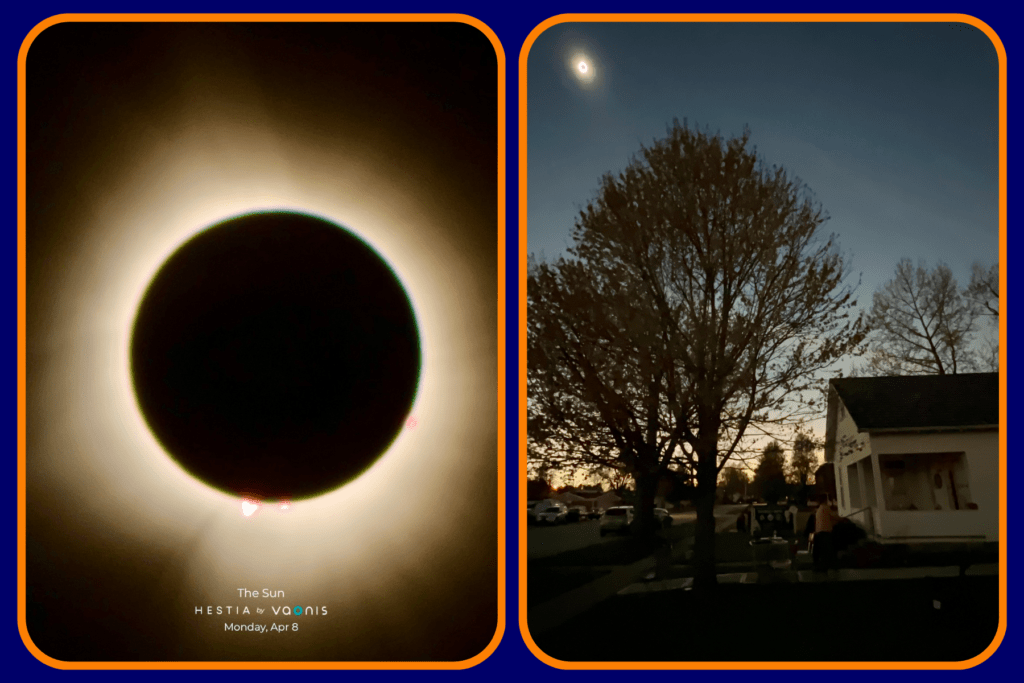
Gus Grissom: An American Space Pioneer
While the Gus Grissom Boyhood Home and Museum offer a wealth of physical exhibits, perhaps the most compelling part of the experience is learning about the man behind the artifacts. Gus Grissom was a trailblazer in every sense of the word. As one of NASA’s original Mercury Seven astronauts, he was part of the group that launched America into the space race. These seven men were chosen not only for their flying abilities but also for their intellect, physical endurance, and courage to face the unknown.
Grissom’s first trip to space was aboard the Mercury-Redstone 4 mission in July 1961. This flight was part of the early stages of NASA’s effort to understand spaceflight and pave the way for manned lunar missions. Grissom’s spacecraft, Liberty Bell 7, reached an altitude of 118 miles and traveled at a speed of over 5,000 miles per hour. Although the flight lasted just 15 minutes, it was a critical step in NASA’s development of spaceflight technology.
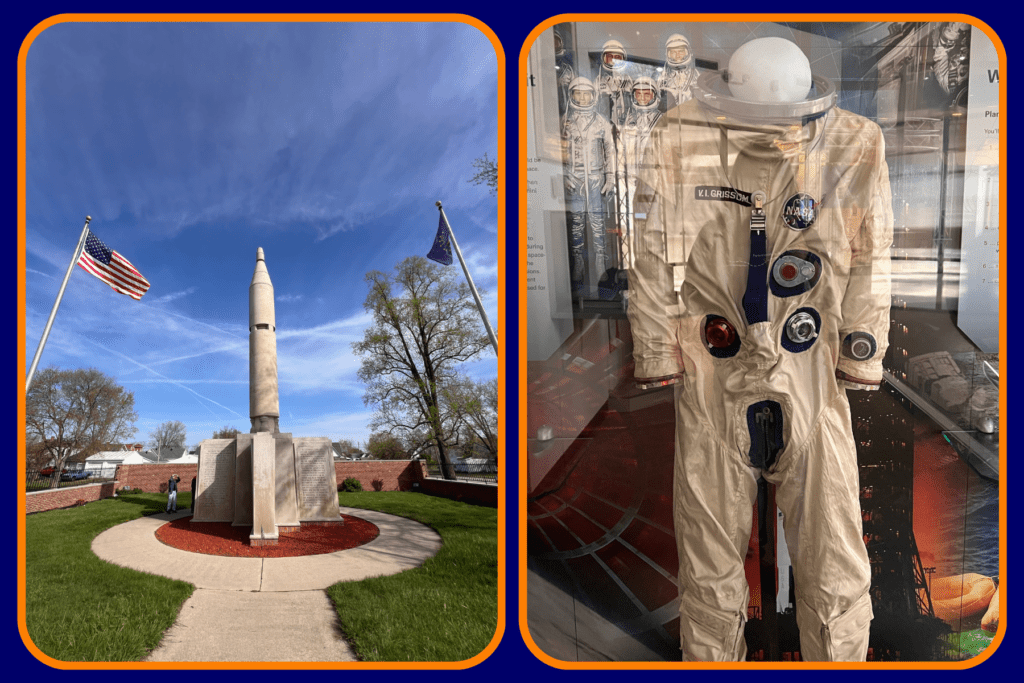
Grissom’s second spaceflight was aboard Gemini 3, the first crewed mission of the Gemini program. This flight was much more complex than the Mercury missions, testing new spacecraft systems and orbital maneuvering. Grissom and fellow astronaut John Young spent nearly five hours in space, completing three orbits of the Earth. Gemini 3 was considered a resounding success and laid the groundwork for the Apollo program that would eventually land humans on the moon.Unfortunately, Grissom’s story ends in tragedy. He was selected as the commander of the first manned Apollo mission, Apollo 1, which was intended to test the spacecraft in Earth orbit. On January 27, 1967, Grissom, along with fellow astronauts Ed White and Roger B. Chaffee, was killed during a pre-launch test when a fire broke out in the command module. The loss was a devastating blow to NASA and the nation, but it ultimately led to major safety improvements in spacecraft design. Grissom’s death was not in vain, as the lessons learned from the Apollo 1 tragedy helped ensure the success of future missions, including the historic Apollo 11 moon landing.


